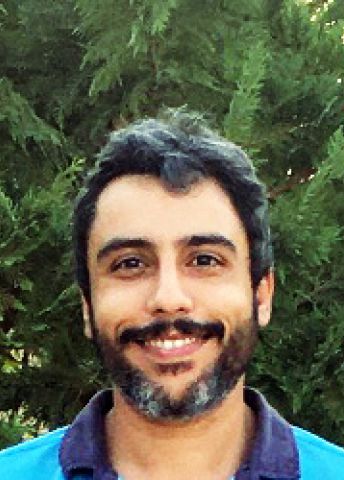
Program for mathematics 2022
Visting Professor
Professor Ayman Kachmar
The Lebanese University in Beirut, Lebanon
Nominated by:
Department of Mathematics, Faculty of Engineering, Lund University
Visting Professor
Professor Ayman Kachmar
The Lebanese University in Beirut, Lebanon
Nominated by:
Department of Mathematics, Faculty of Engineering, Lund University
Superconductivity in a new mathematical form
Ayman Kachmar is a professor at the Lebanese University in Beirut, Lebanon. Thanks to a grant from the Knut and Alice Wallenberg Foundation, he will be a visiting professor at the Department of Mathematics, Faculty of Engineering, Lund University.
Mathematical physics deals with giving physical theories a rigorous mathematical form and investigating its consequences. This project focuses on superconductivity. Superconducting materials, which conduct electricity with no resistance at very low temperatures, were one of the 20th century’s greatest sensations. Superconductors are already used in many applications, such as high-speed maglev trains, magnetic resonance imaging (MRI) in healthcare services and in ultra-powerful electromagnets.
However, superconductors rapidly lose their properties when temperatures increase or when the surrounding magnetic field forces its way into the material. The project studies a family of superconductors that lose their properties in strong magnetic fields. This happens in three stages as the magnetic field increases in strength. The final two stages are of interest here: when the material loses its superconductivity internally but retains it at the surface; and when it loses it entirely. One task is to investigate whether it is possible to generate oscillations in the superconductivity in the third stage. If they succeed, physicists will have obtained a new way of controlling superconductive currents.
Superconductors have been described by several different models. Here, the 1965 theory of Vitaly Ginzburg and Lev Landau will be further studied using quantum physics’ Schrödinger operators. Magnetic Schrödinger operators have previously primarily been used in two dimensions and in particular conditions, for interactions between the material and its surroundings and for continual magnetic fields. But what properties will the Schrödinger operator have if the conditions change? And can it be introduced into the Ginzburg–Landau model?